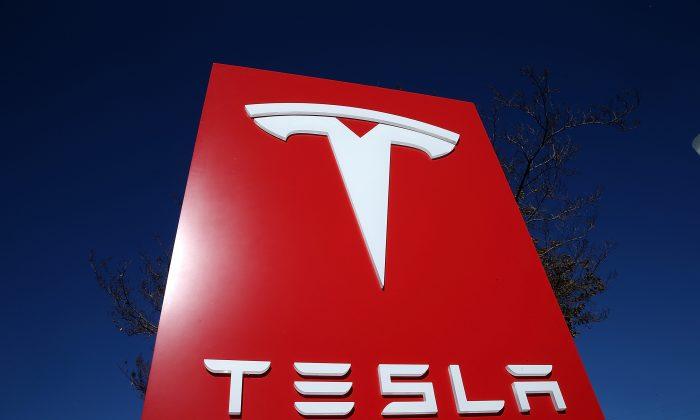According to Daimler AG, selling its 4 percent stake in Tesla Motors Inc. is not a big deal. However, behind the scenes, Germany’s car elite is working intensely on coming up with models to rival not only Tesla’s Model S but also the planned SUV Model X.
Officially everything is fine and dandy, according to Dieter Zetsche, the Daimler CEO. “Our partnership with Tesla is very successful and will be continued,” he stated in a press release. This statement, of course, is true. Tesla will continue to deliver the power train for Mercedes’ B-Class electric car—sold in the United States since this summer—and Daimler will continue to deliver parts for Tesla’s Model S.
“We are extremely satisfied with the development of our investment in Tesla, but it is not necessary for our partnership and cooperation. For this reason, we have decided to divest of our shares. This will also allow Tesla to broaden its investor base,” CFO Bodo Uebber stated. Daimler’s sale will bring in about $780 million, a nice return on a 2009 investment of $50 million for a 9 percent stake.
At that point, Tesla was bleeding red ink and needed investors like Daimler and Toyota to come on board. In exchange for the cash, Daimler also got access to Tesla’s technology and is now planning to use it against the California company.
German Chase
According to a report by Manager Magazin in Germany, Mercedes, Porsche and Audi are planning to develop vehicles to rival the 265-mile range of the Tesla Model S. The B-Class only has a range of 100 miles.
Sources inside the company confirmed Mercedes will work on an E-Class or S-Class electric version, which will require a complete redesign of the existing models because of the size of the battery. The sale from the Tesla stake could be used for the required capital investments. Because of the complicated development, the car won’t be on the market until 2021.
Daimler’s head of the worker’s council Michael Brecht already hinted at future investments Wednesday, without explicitly mentioning the electric drive: “I have a lot of ideas what to do with the money. If we look at the growth plans for the future, we will need a billion or two.”
Despite Tesla’s head start regarding electronic limousines, Daimler actually claims to have the broadest selection of electric vehicles. They produce the very compact Smart, A-Class and B-Class as well as the commercial van Vito and the light truck Fuso.
Volkswagen
Two Volkswagen subsidiaries want to beat Tesla to the chase faster. Company sources told Manager Magazin that Porsche is working on a smaller version of its four-door Panamera, which should be ready in 2018.
Audi doesn’t want to take the Model S head on, but is working on an SUV version of the Q2 and the Q6, according to reports by AutoBild citing inside sources. They could be on the market as soon as 2017 but still two years later than Tesla’s anticipated SUV Model X. It is supposed to have a range of almost 450 miles.
Audi and Porsche can develop these models faster because they are using existing frames and production technology. With Tesla’s performance on the road and on the stock market hitting overdrive, this will be an interesting race to watch.





